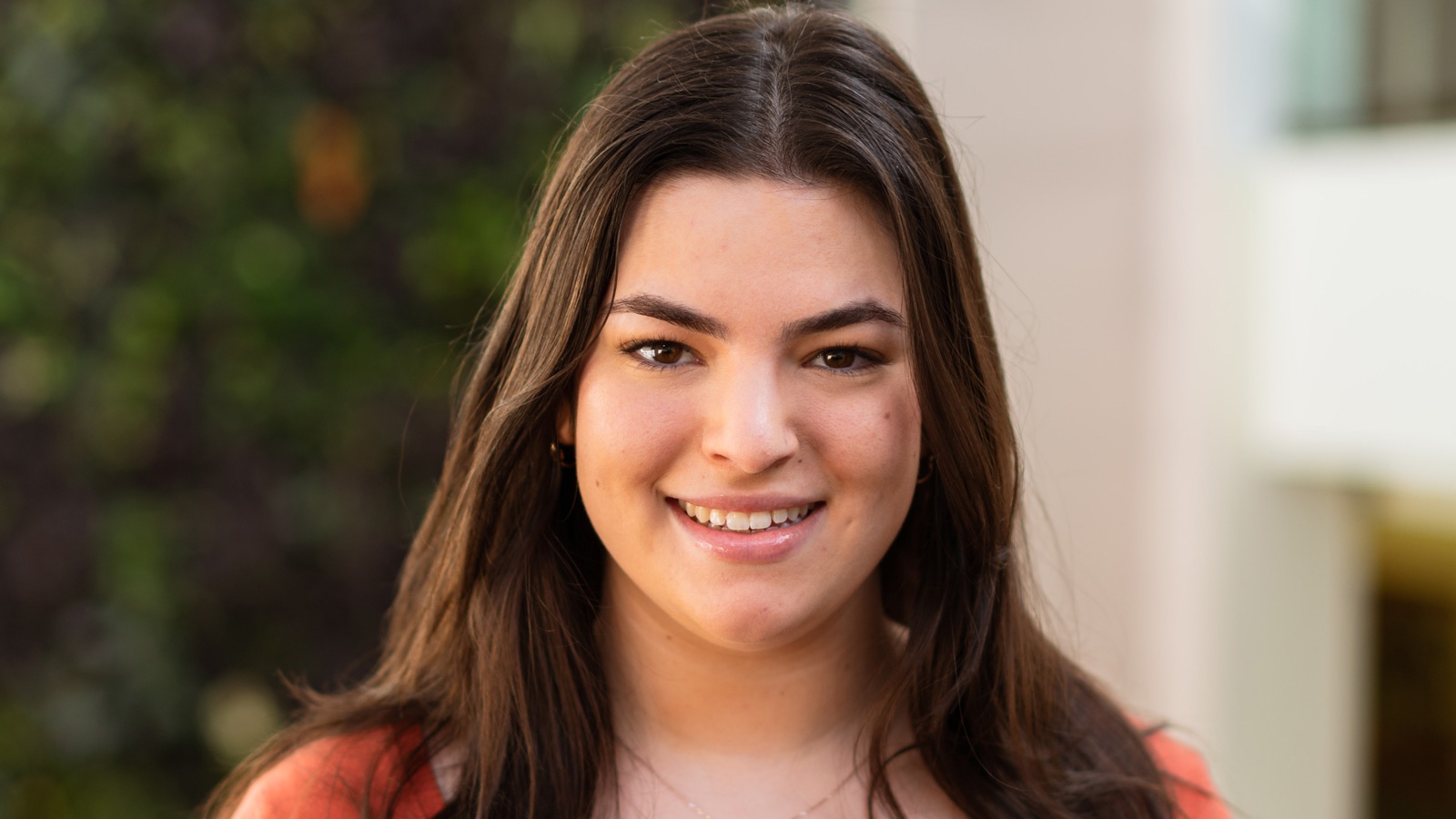How sexual assault survivor Marlee Liss’ story transformed one student’s perspective

Written by Fourth-year University of Guelph-Humber Justice Studies student, Mayan Goldberg (pictured)
Trigger warning: sexual assault
As a student in my fourth year of the Justice Studies program, I have become well-versed in everything criminal justice – or so I thought. After having the privilege of hearing from somatic sex educator and survivor advocate, Marlee Liss, I quickly realized how little I know about the survivor experience following a criminal offence.
Marlee vulnerably shared the story of her sexual assault when she was in university and what that meant for her. She explained that she was told that if she wanted to do something about what happened to her, her only option was to get a rape kit done and then report her assault to the police. It wasn’t until three years later that an approach called restorative justice was presented as an option.
Rooted in Indigenous traditions of healing the victim, the offender, and the community, Marlee participated in a healing circle alongside her supporters, a few moderators, and her assailant. Unlike her experience with the traditional criminal justice system which included court proceedings and testimonies, Marlee said she was finally able to get some closure by having open communication with her assailant. She said she felt powerless in the punitive system where she was coached on what to say, how to act, and what to wear. This way, Marlee explained that she was able to show up 100% herself and express the impact of her assault. This practice also gave her a say in how her offender was punished.
Marlee’s was the first sexual assault case in Canada to use restorative justice. Hearing her story offered me a new perspective on the criminal justice system.
Our current punitive system is focused on the offender and views criminal offences as an act against the state rather than against an individual, for instance, the victim. As a result, victims’ needs are often neglected.
This semester, Professor Dr. Laura MacDiarmid elected to teach her Justice Studies Senior Seminar class on victimology, which has offered students an alternative perspective of the criminal justice system that we tend not to focus on much in other classes. In her class, we learned about the Victims’ Bill of Rights, including victims’ right to information and protection. Despite these rights, many victims, Marlee included, are never informed of support services and alternatives to the punitive system. This idea is so ingrained in our system, proven by the resistance Marlee experienced from other women once she decided that she wanted her case to proceed through restorative practices.
Although we have learned about restorative justice practices in the classroom, primarily in an Indigenous context, it is commonly seen as “too soft on crime”. I found Marlee’s response to this extremely thought-provoking as a student who is pursuing a career in the legal field. This statement assumes that the punitive punishment that comes with such a crime works, when in fact, many rapists are acquitted or reoffend. It demonstrates the deeply ingrained idea that incarceration is the harshest form of punishment and, therefore, is the most effective. In Marlee’s case, her assailant expressed that facing her was the hardest thing to do, which is arguably worse than serving time in a cell. It allowed her assailant to attend therapy and reconcile his actions, dismantling rape culture among boys and making them put in the work to understand the ways he has degraded women.
Ever since her healing circle experience, Marlee has been an advocate for survivor rights and restorative justice practices. However, I believe it should not be her responsibility to educate other survivors of their options – that is a job for the many criminal justice actors that interact with victims of crime. The criminal justice system repeatedly fails victims by neglecting to ask them how they envision justice.
Marlee went from a situation where she felt revictimized because her “no” was still ignored, to an environment where her ideas of justice were valued and considered. She emphasized how she educates people so that we can have a system where justice and healing are synonymous.
Through both Marlee’s presentation and Professor MacDiarmid’s victimology class, it has become evident to me that there are significant shortcomings for victims’ rights and needs, and I can only hope that my generation of justice advocates and future criminal justice actors can make this right, for victims of all crimes.

